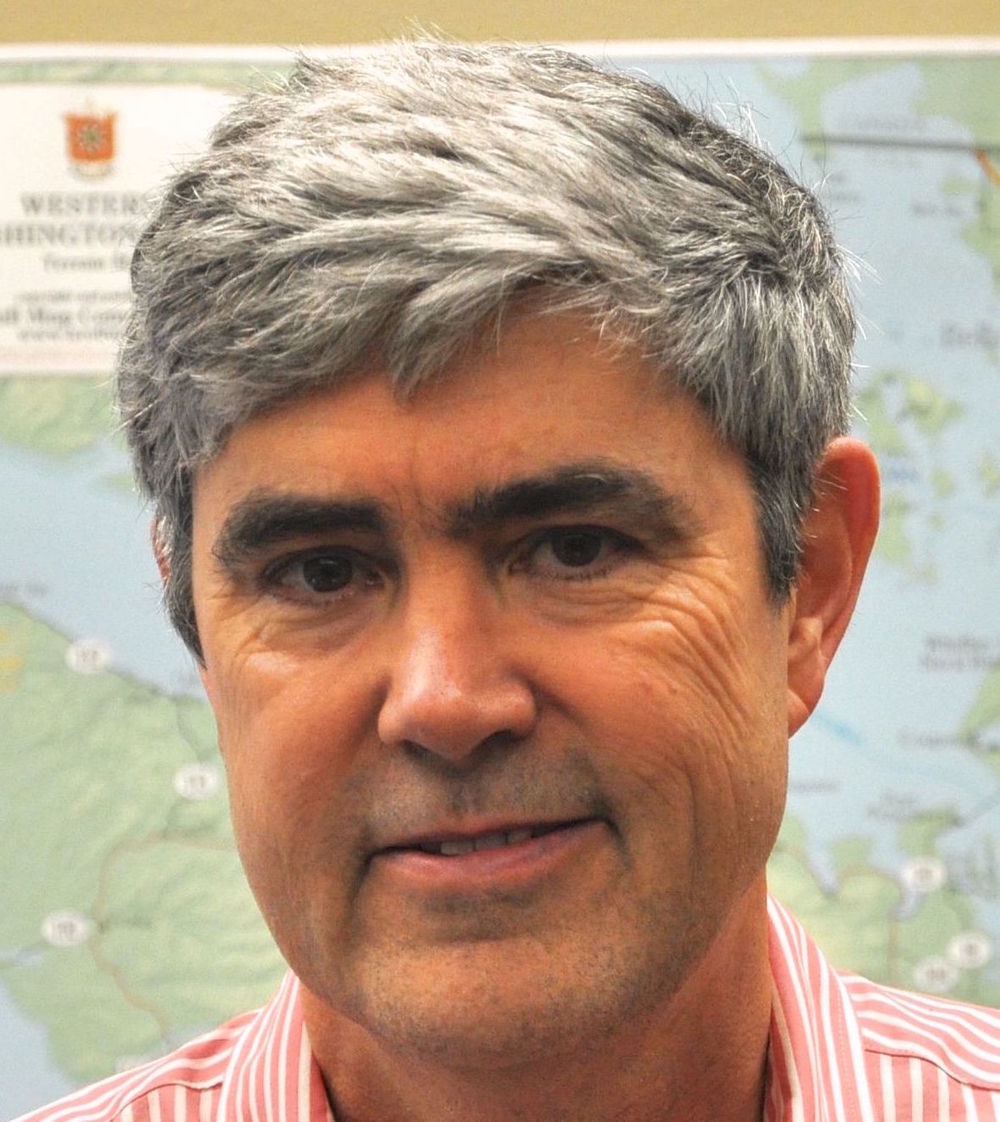
Mathematical Aspects of Geohazard Modeling
Monday September 26, 2016 at 16:00, Kiva Auditorium, Ritter Hall Annex
In this series of lectures I will introduce some of the ways in which mathematical modeling and scientific computing are being used for geophysical hazards, particularly tsunamis, storm surge, and landslides. These flows can often be modeled with depth-averaged two-dimensional fluid dynamics, but require special algorithms to handle some of the difficulties inherent in these problems. In the first lecture I will give an overview of these issues and some of the ways in which modeling is used to better understand fundamental geoscience processes and past events, or to perform hazard assessment. The second lecture will concentrate more on the algorithms used -- high-resolution shock capturing methods for nonlinear hyperbolic PDEs, with adaptive mesh refinement to capture these multi-scale phenomena. In the final lecture I will discuss some approaches to probabilistic hazard assessment, focusing on an ongoing project to better understand tsunami hazards from earthquakes on the Cascadia Subduction Zone. This subduction zone stretches from northern California to British Columbia and is known to produce Magnitude 9 earthquakes every few hundred years, most recently in 1700.
Mathematical Aspects of Geohazard Modeling
Tuesday September 27, 2016 at 16:00, Wachman 617
In this series of lectures I will introduce some of the ways in which mathematical modeling and scientific computing are being used for geophysical hazards, particularly tsunamis, storm surge, and landslides. These flows can often be modeled with depth-averaged two-dimensional fluid dynamics, but require special algorithms to handle some of the difficulties inherent in these problems. In the first lecture I will give an overview of these issues and some of the ways in which modeling is used to better understand fundamental geoscience processes and past events, or to perform hazard assessment. The second lecture will concentrate more on the algorithms used -- high-resolution shock capturing methods for nonlinear hyperbolic PDEs, with adaptive mesh refinement to capture these multi-scale phenomena. In the final lecture I will discuss some approaches to probabilistic hazard assessment, focusing on an ongoing project to better understand tsunami hazards from earthquakes on the Cascadia Subduction Zone. This subduction zone stretches from northern California to British Columbia and is known to produce Magnitude 9 earthquakes every few hundred years, most recently in 1700.
Mathematical Aspects of Geohazard Modeling
Wednesday September 28, 2016 at 16:00, Wachman 617
In this series of lectures I will introduce some of the ways in which mathematical modeling and scientific computing are being used for geophysical hazards, particularly tsunamis, storm surge, and landslides. These flows can often be modeled with depth-averaged two-dimensional fluid dynamics, but require special algorithms to handle some of the difficulties inherent in these problems. In the first lecture I will give an overview of these issues and some of the ways in which modeling is used to better understand fundamental geoscience processes and past events, or to perform hazard assessment. The second lecture will concentrate more on the algorithms used -- high-resolution shock capturing methods for nonlinear hyperbolic PDEs, with adaptive mesh refinement to capture these multi-scale phenomena. In the final lecture I will discuss some approaches to probabilistic hazard assessment, focusing on an ongoing project to better understand tsunami hazards from earthquakes on the Cascadia Subduction Zone. This subduction zone stretches from northern California to British Columbia and is known to produce Magnitude 9 earthquakes every few hundred years, most recently in 1700.
